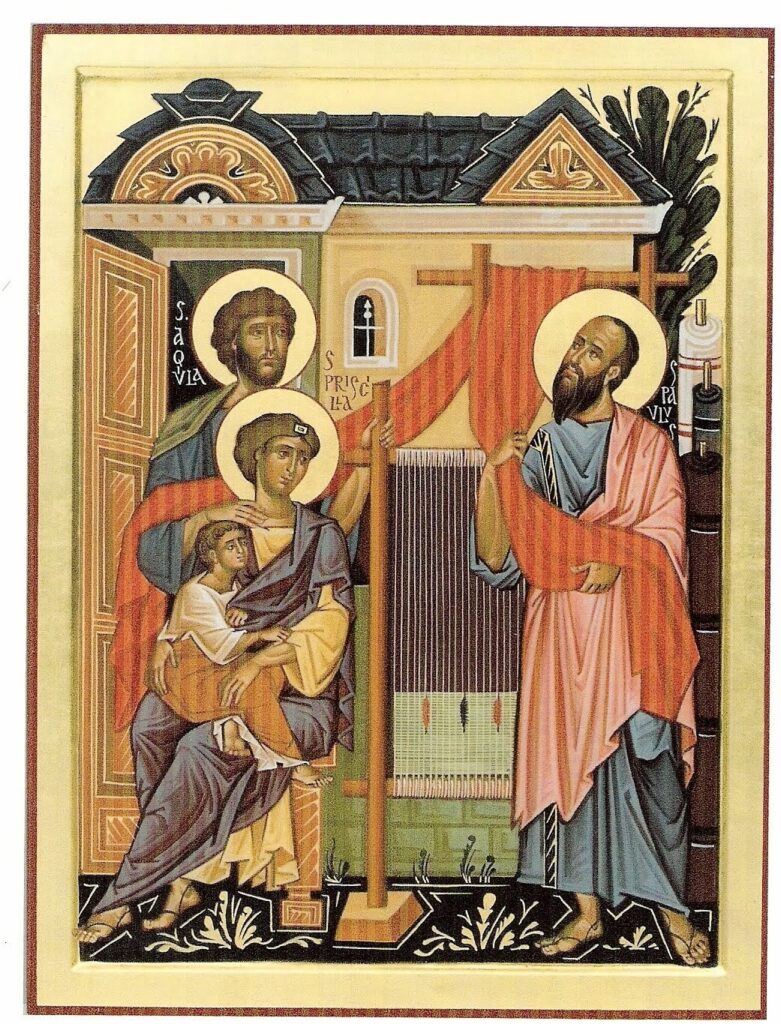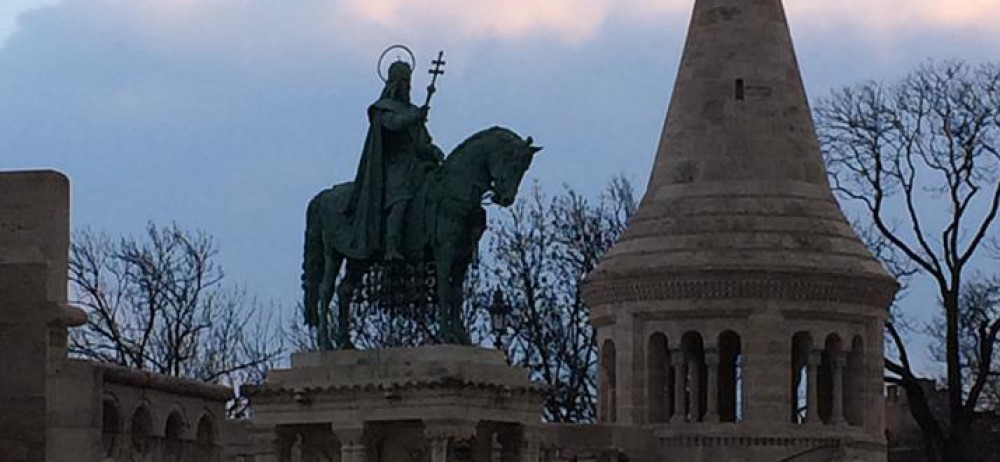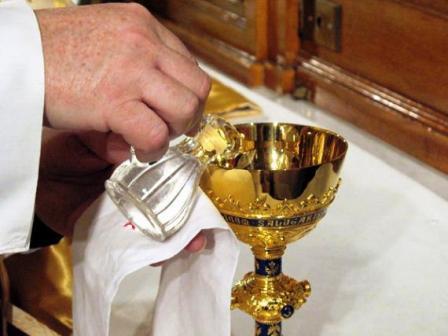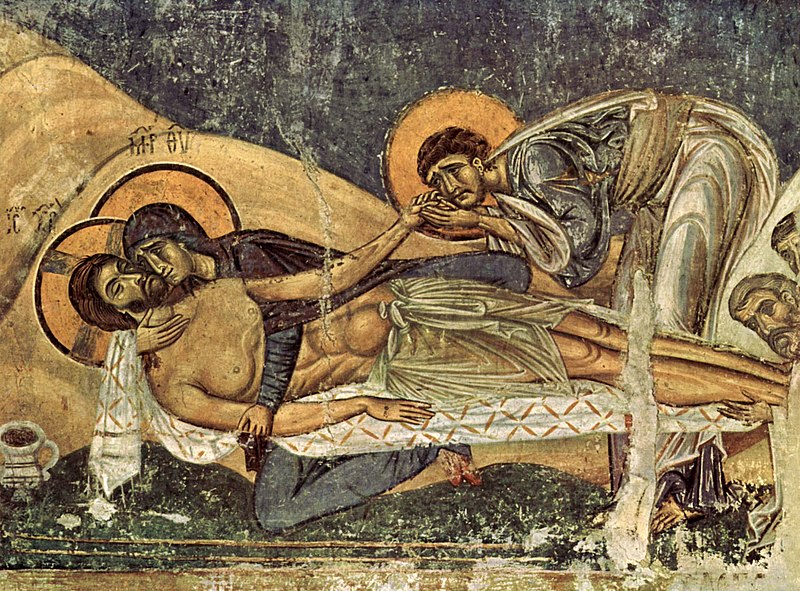
The churches of Asia greet you. Aquila and Priscilla, together with the church in their house, send you warm greetings in the Lord. All the brothers and sisters greet you. Greet one another with a holy kiss. (1 Cor. 16:19-20)
Most letters in AD 1st century closed with a series of greetings. Almost all the epistles of the New Testament close with a series of greetings to those among whom the letter was read. The greetings at the end of 1 Corinthians are the most complex series of greetings at the end of any of St. Paul’s letters. St. Paul greets various people personally and sends greetings from various communities, such as “the churches of Asia” and the parish which meets in the house of Priscilla and Aquila.
Priscilla and Aquila are mentioned several times in the New Testament, in the Acts of the Apostles and in St. Paul’s letters. They were a Jewish-Christian couple and two of the first Christians in the capital city of Rome. When the emperor Claudius expelled the Jews form Rome because of the unrest and riots about Christ, Priscilla and Aquila went to Corinth. Then they moved to Ephesus and lived there, allowing a parish to meet in their home. After Ephesus, they were able to move back to Rome and hosted another parish in their home.
Priscilla is almost always mentioned before her husband, Aquila. This suggests that she was the more socially prominent member of the couple and that her family was more prominent than Aquila’s; yet he does not seem jealous of her prominence. She is often mentioned by early Christians as the probable author of “the Epistle to the Hebrews.” (The other possible author, Apollos, had been her student; she taught Apollos “everything he knew” about Christianity, according to St. Paul. Either way, she was–directly or indirectly–responsible for Hebrews.)
The “holy kiss” exchanged among Christians at the Eucharist was a scandal because people were not supposed to kiss anyone who was not a relative. Rumors of Christians kissing each other made non-Christians think incest and adultery were common Christian practices.
SS. Priscilla and Aquila hosted the Eucharist in their home. During the Eucharist, strangers–or at least, non-relatives–kissed each other. Priscilla and Aquila most have been known for allowing such scandalous and provocative behavior in their home; neighbors probably thought they were encouraging loose morals and sexual immorality and were hosting orgies on a regular basis.
Priscilla taught men the Faith. She and Aquila hosted strangers who kissed each other. Both activities were scandalous. Yet she and Aquila bravely persevered, working with St. Paul to spread and nurture the Church. They remain among the most important people of 1st-generation Christians. Through their teaching and leadership, they—especially Priscilla—have shaped a large part of what we now consider mainstream Christianity.
See my video discussion of St. Priscilla here. be sure to use the password: 3s=c03I=



